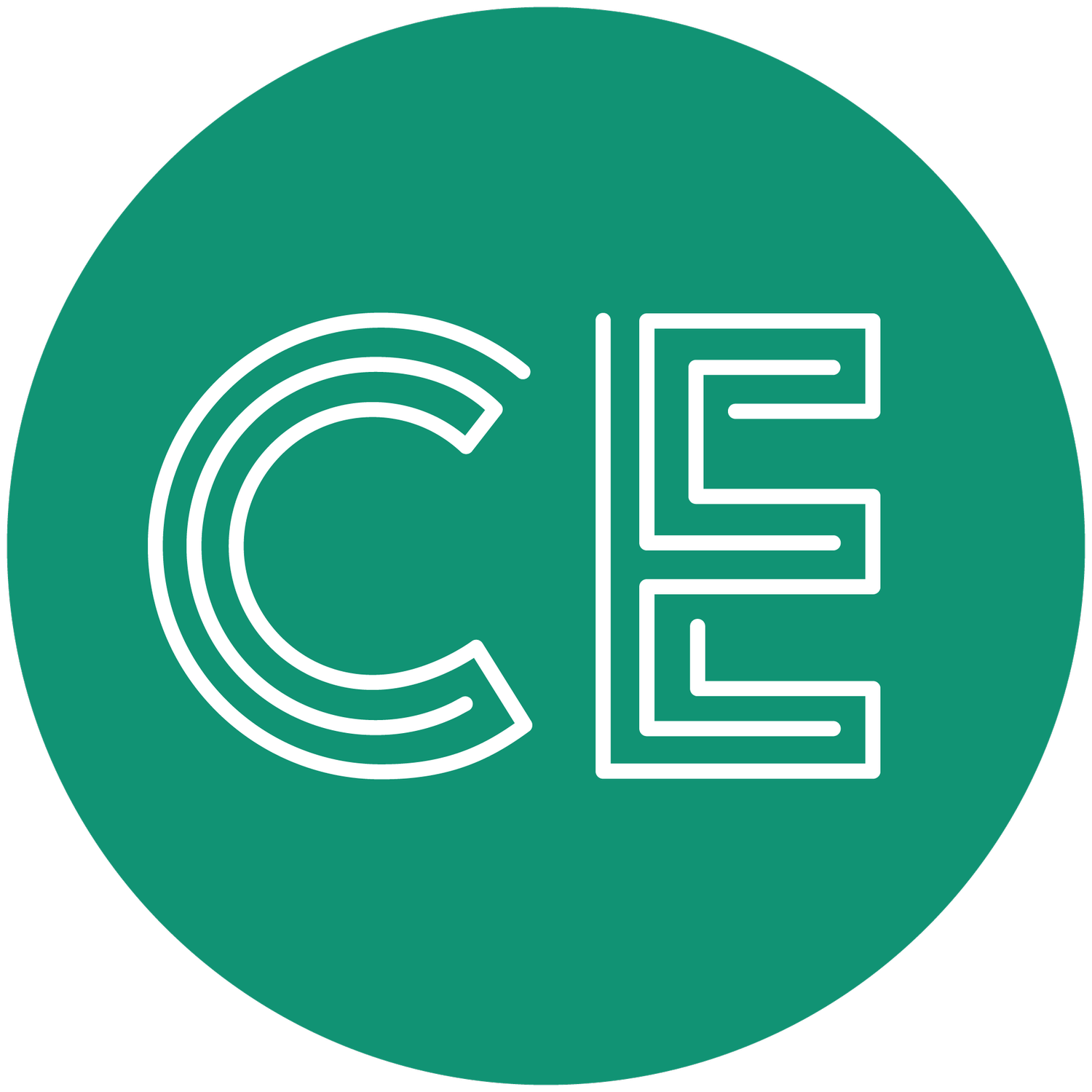Why you Should Skip the Traditional Fitness Assessment with your Personal Training Clients
By: Christin Everson, MS
Traditional physiological assessments have long been a key portion of a new client's initial consultation. Assessments are meant to gather data to assist in creating a custom exercise program, identify areas of health concerns based on national norms, and help set goals. Some standard tests include body composition, muscular fitness, cardiorespiratory fitness, and flexibility. While the options for assessment types have grown, and the consideration that they are now not required exists, these traditional assessments remain a standard operation for many trainers. After years of witnessing the discomfort, sadness, and embarrassment, I finally realized that I could omit these tests in favor of the client experience.
Let’s consider this dental analogy. Imagine this: You’ve had a tooth that’s been bothering you when you chew or drink. It’s not so bad; you can handle it. A month goes by, and it’s starting to cause issues. You push through another month before you’re in severe discomfort and need help. You make an appointment with the dentist, although you’re apprehensive about the potential pain and what treatment might look like. The dentist states that to give you care, they need to do a few tests first. After the tests are concluded, they hold up your X-ray and demonstrate how you compare to other people with healthy teeth and what a healthy tooth looks like. You may feel like, “yes, I know. That’s why I’m here. To get it fixed. I don’t need to be compared to others to know I need support. I don’t need to be reminded about what a healthy tooth looks and feels like. I’m here because I want to be pain-free.”
That’s similar to fitness assessments: Clients have likely waited months before seeking the care they need. They finally asked for help and have enough motivation to begin their quest for comfort. The last thing they want is to be reminded of their lack of fitness. They already know that. That’s why they’re here.
For most new exercisers, traditional fitness assessments are unnecessary, shame-inducing and a significant barrier to asking for help.
Why you Should Skip It
Fitness Assessments Create Barriers
Clients may think about seeking support for months to years before they finally do. They may arrive feeling nervous about their health or abilities, vulnerable sharing specific health details or just uncomfortable in their bodies. The idea that they would need to perform body composition testing or specific fitness testing before they begin their program might create enough fear that they never make the appointment in the first place.
Not Necessary for Program Creation
Fitness assessment data is just not necessary. Whatever details I might glean from these assessments is quickly diminished by the negative experience the client will have. I can create a quality, unique fitness program for them based on our conversation only.
What to do Instead
Ask Intentional Questions
During your initial discussion, ask specific questions about their current and past exercise experience: duration, mode, intensity, equipment, etc. This will give you an idea of what they have done and are currently doing. Be sure to include a health history screening as a part of your client onboarding and request a physician's release if necessary. Remember that your job in creating a program is not to create a perfect program but a preliminary program that matches their goals and will ensure a successful exercise experience right away.
Gather Information During their First Workout Session
On their first workout session, set the expectation that the session’s purpose is to teach and review the movements. This will give you the time and space to see how they move without the pressure of assessing them. The client will feel more like they’re learning and less like they’re being measured. I begin the session with an extended dynamic warm-up that includes functional movements. This allows me to see their comfort level with the five major movements and range of motion in each joint and effort required. As we go through the session, I continue to note how the movements look, listen to feedback from the client and identify their intensity with each exercise. This session will provide you with all the information necessary to revise their program while also giving the client a successful exercise experience.
Define your Measurement System
The fitness assessment is used to help set baseline data. Instead of that data, you need to identify with the client (not for the client) what data will be helpful to them in demonstrating their progress. Maybe it’s as simple as identifying their current RPE to climb a flight of stairs or as specific as their starting weight on the kettlebell deadlift. It can be anything the client deems important and a measure of their progress. Contrary to past practices, the baseline data does not need to be set on the first or second session. It can be set anywhere in the first two weeks since research tells us that physiological adaptions aren’t made that quickly. Waiting beyond the first session ensures that the client has built a trusting relationship with the trainer and feels informed to make measurement decisions.
Reconsider your use of traditional physiological assessments to enhance the client's comfort, adherence, and overall experience.


